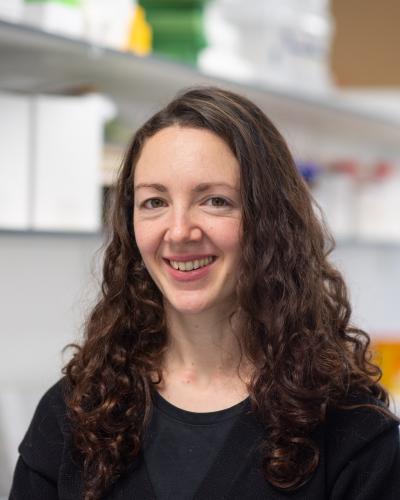
Helen Barron
Career Path
Leadership Team, MRC CoRE in Restorative Neural Dynamics
Title of award: Memory gating in health and disease
Supported by John Fell Award.
Mechanisms that underlie reward representation and memory formation, supervised by Tim Behrens and Ray Dolan.
Undergraduate degree (MA Cantab) in Natural Sciences, University of Cambridge
Research Themes
Mapping & rebalancing memory
We investigate how cells and circuits in the brain work together to perform computations that support memory. We use a wide range of technical approaches to both record and perturb brain activity, with the aim of establishing a causal relationship between memory computations and core symptoms reported in people with psychiatric disorders.
Understanding & Engineering sleeping brain
We investigates how cells and circuits in the sleeping brain perform computations that support memory. Using a wide range of technical approaches, we seek to establish new tools for enhancing these computations in the sleeping brain, to improve memory in the wakeful state.
Physiomarkers
We seeks to define LFP-based physiomarkers for computations that support memory, such as Sharp-Wave Ripples (SWRs), which provide a potential target for device-based neuromodulation.
Tools (devices, software, algorithms)
We have written and shared software for statistical analysis of functional Magnetic Resonance Imaging. Our group has written and shared spiking neural network models designed to simulate memory processing.
Approaches
Empirical Neuroscience
We use a wide range of technical approaches to guide discovery of computations that support memory in the mammalian brain. We use causal manipulations to perturb these computations, to help establish how core symptoms reported in people with psychiatric disorders arise from perturbations to neural circuit computation.
Computational Modelling
We use modelling to gain mechanistic insight into computations that support memory. This ranges from using advanced statistical methods such as machine learning, to building proof-of-principal spiking neural network models.